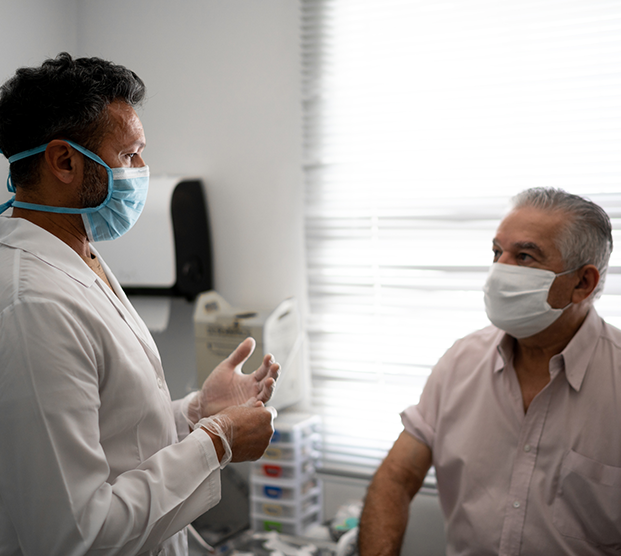Orchiectomy
Home » Braving Cancer Together » Testicular Cancer » Orchiectomy



Who Needs an Orchiectomy?
- Treat cancer: Patients experiencing symptoms of testicular cancer will undergo an orchiectomy as the first step in the diagnostic and treatment process. The procedure removes the main tumor and also allows the pathologist to analyze tissue for diagnosis. Orchiectomy is also used to treat male breast cancer and prostate cancer. Androgens (male hormones, such as testosterone) may increase the risk of cancer by causing some cancerous cells to grow. Removing the testes may cause hormone levels to drop. The procedure shrinks tumors by removing the male hormones that facilitate growth.
- Remove damaged testicles: Motorcycle accidents, sports injuries, and other trauma can severely damage the testicles. If the testicle can’t be repaired, the physician will remove it and stitch up surrounding tissues. In rare cases, surgeons may need to remove an undescended testicle.
What to Expect During Surgery
Orchiectomies are typically performed at a surgical center or a hospital. The procedure is done with general anesthesia so the patient won’t feel any pain during surgery.




The surgeon will begin by cleansing the treatment area and make an incision in the pubic area (inguinal orchiectomy) or in the scrotum (simple orchiectomy). The location of the incision will depend on the technique used by the surgeon. During surgery, the physician may remove:
One testicle (unilateral orchiectomy)
Both testicles (bilateral orchiectomy)
The testicles and the spermatic cord (radical inguinal orchiectomy). The spermatic cord contains nerves and blood vessels, and carries semen from the testicles to the penis.
If the patient chooses to have a prosthetic testicle, the surgeon will place the new testicle inside the scrotum and fill the prosthetic testicle with salt water (saline).
At the end of the procedure, the surgeon will close the incision with stitches. An orchiectomy typically takes between 30 to 60 minutes.
After surgery, the patient will rest in the recovery room until they’re ready to leave. Most patients go home the day of surgery.
The Recovery Process
It’s important to arrange transportation after surgery, since the procedure is done under general anesthesia. Patients should feel better quickly, but will need a few weeks to fully recover. After the procedure, the patient will need to schedule a follow-up visit with their physician. During recovery, it’s important to:
Avoid physical activity: Patients should wear loose-fitting clothes and avoid lift anything heavy, running, or having sex for a few weeks.
Keep the area clean and dry: It’s important to use soap and water when showering and to keep the area covered with gauze. Patients may need to wear a special garment to support their scrotum for about 48 hours after surgery.
Manage pain: Patients will have some pain, tenderness, and discomfort after the procedure. These symptoms can be managed with over-the-counter acetaminophen or nonsteroidal anti-inflammatory drugs (NSAIDs). Patients should apply ice packs to the area every 20 minutes for the first day or two.
